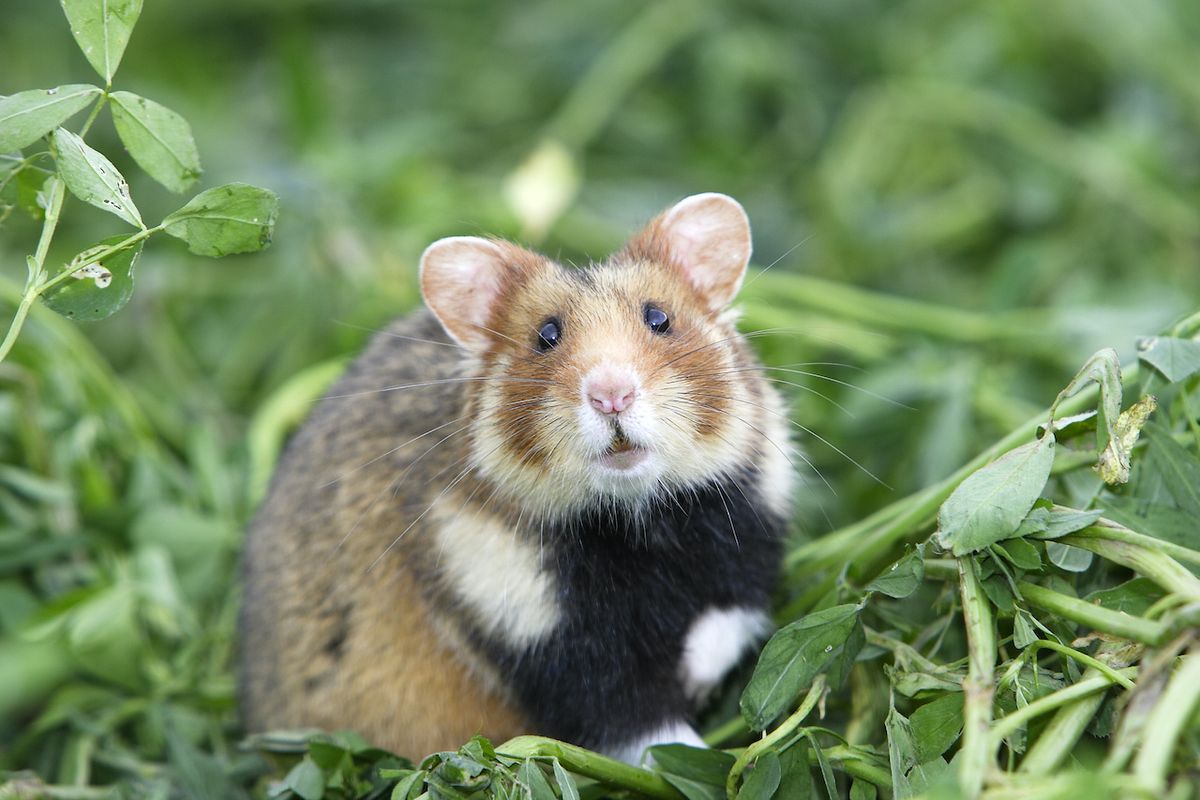natostratcon.info – Hamsters, with their chubby cheeks, tiny paws, and endearing personalities, have captured the hearts of animal lovers worldwide. These small rodents, belonging to the subfamily Cricetinae, are popular pets known for their playful antics and relatively easy care. This article delves into the fascinating world of hamsters, exploring their various species, natural behaviors, proper care, and their role as both pets and research animals.
Hamster Species: A Diverse Family
There are around 20 different hamster species, but only a few are commonly kept as pets. The most popular include:
- Syrian Hamster (Mesocricetus auratus): Also known as the golden hamster, this is the most common pet hamster. They are solitary creatures and should be housed individually.
- Dwarf Hamsters: This group includes several species, such as the Russian Dwarf Hamster (Phodopus sungorus), Campbell’s Dwarf Hamster (Phodopus campbelli), and Roborovski Hamster (Phodopus roborovskii). They are smaller than Syrian hamsters and can sometimes be kept in pairs or small groups if introduced at a young age.
Natural Behaviors: Burrowing, Hoarding, and Running
Hamsters are naturally active creatures with specific behaviors:
- Burrowing: In the wild, hamsters create elaborate burrow systems for nesting, sleeping, and storing food. Pet hamsters should be provided with ample bedding to satisfy this natural instinct.
- Hoarding: Hamsters have cheek pouches that they use to carry food back to their burrows. This hoarding behavior is also seen in pet hamsters.
- Running: Hamsters are energetic and love to run. Providing them with a suitable exercise wheel is essential for their physical and mental well-being.
Proper Care: Housing, Diet, and Enrichment
Caring for a hamster is relatively straightforward but requires attention to their specific needs:
- Housing: Hamsters need a spacious cage with a solid bottom, good ventilation, and secure latches. Avoid wire-bottom cages as they can injure their feet.
- Diet: Hamsters are omnivores and require a balanced diet of commercial hamster food, supplemented with small amounts of fresh fruits, vegetables, and protein sources like mealworms.
- Enrichment: Providing toys, tunnels, and hiding places will keep your hamster entertained and prevent boredom.
Hamsters as Pets: Companionship and Responsibility
Hamsters can make wonderful pets for people of all ages. They are relatively low-maintenance compared to other pets but still require daily care and attention. It’s important to remember that hamsters are nocturnal, meaning they are most active at night.
Hamsters in Research: Contributions to Science
Hamsters have played a significant role in scientific research, particularly in studies related to:
- Hibernation: Hamsters are one of the few mammals that hibernate, making them valuable for research on this unique physiological state.
- Reproductive Biology: Hamsters have a short gestation period and distinct reproductive characteristics, making them useful for studies on reproductive processes.
- Disease Research: Hamsters are susceptible to certain diseases, making them useful models for studying human health issues.
Conclusion
Hamsters, with their endearing personalities and fascinating behaviors, continue to be popular pets and valuable research animals. Whether you’re a hamster owner or simply curious about these creatures, understanding their needs and natural history can deepen your appreciation for these small but captivating animals.
